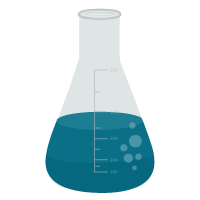DK / EN

Lymphoedema is a serious problem which affects up to half of all breast-cancer patients. The cancer treatment may cause damage to the lymph system, hindering the transport of fluid back to body circulation. This causes complications such as swelling in the arms and hands, pain and sensory disturbance, which affect the quality of life. Treatment today consists of compression sleeves and physiotherapy, but it does not cure the condition.
“Around the world, surgical treatments are carried out, attempting to improve the treatment available. Two types of operations are lymphovenous anastomoses or bypasses and lymph node transplants. The results appear to be promising, but systematic follow-up is necessary, with investigations of their actual effect. This is what we aim to investigate thoroughly and systematically with the support of the Vissing Foundation,” says research assistant Caroline Lilja at the Department of Plastic Surgery, Odense University Hospital.
Researchers at Odense University Hospital will carry out five different studies to clarify the experiences of patients and the effects of the surgical treatments for lymphoedema.
“We are trying to improve planning of surgery, and will investigate whether the two procedures can reduce arm volume in patients with lymphoedema. Finally, we will develop a treatment model for lymphoedema of the arm based on the available literature,” says Caroline Lilja.
In parallel, patients will be interviewed to reveal how they experience lymphoedema, their treatment in hospital, and their personal needs.
“After all, research and treatment are for the benefit of patients, so it is essential to identify the problems and challenges faced by the patients themselves,” explains Caroline Lilja.
An EV array consists of a microchip that can register and identify extracellular vesicles in biological liquids and determine their concentration level. The department wants to invest in a special microarray printer which is able to print several chips at the same time.
This allows researchers to intensify their research efforts using the same resources and to develop this important diagnostic tool to a level where it can be used in general medical contexts and at laboratories. The goal is to identify the presence of cancer cells as early as possible, thereby improving the positive effects of important treatments.